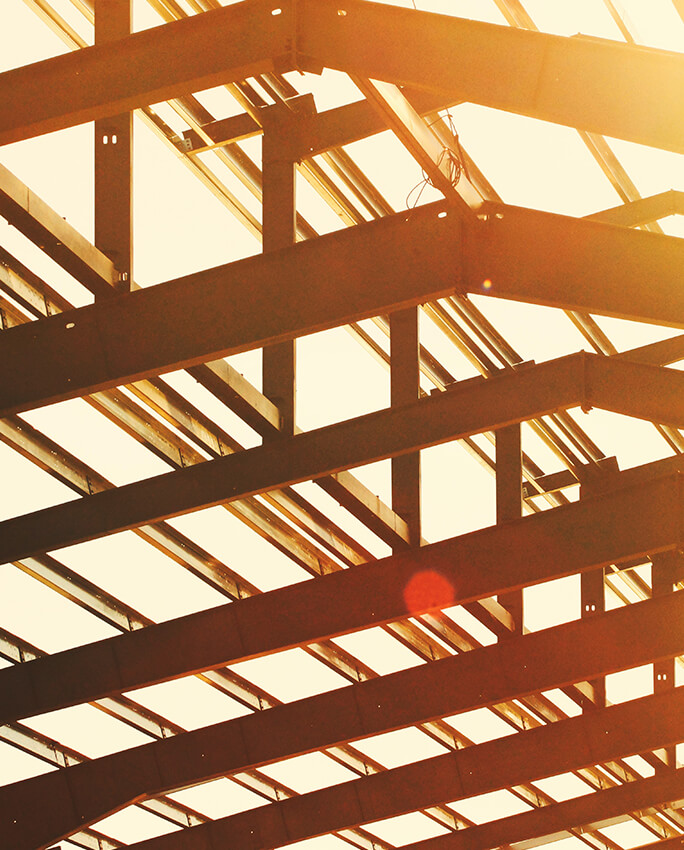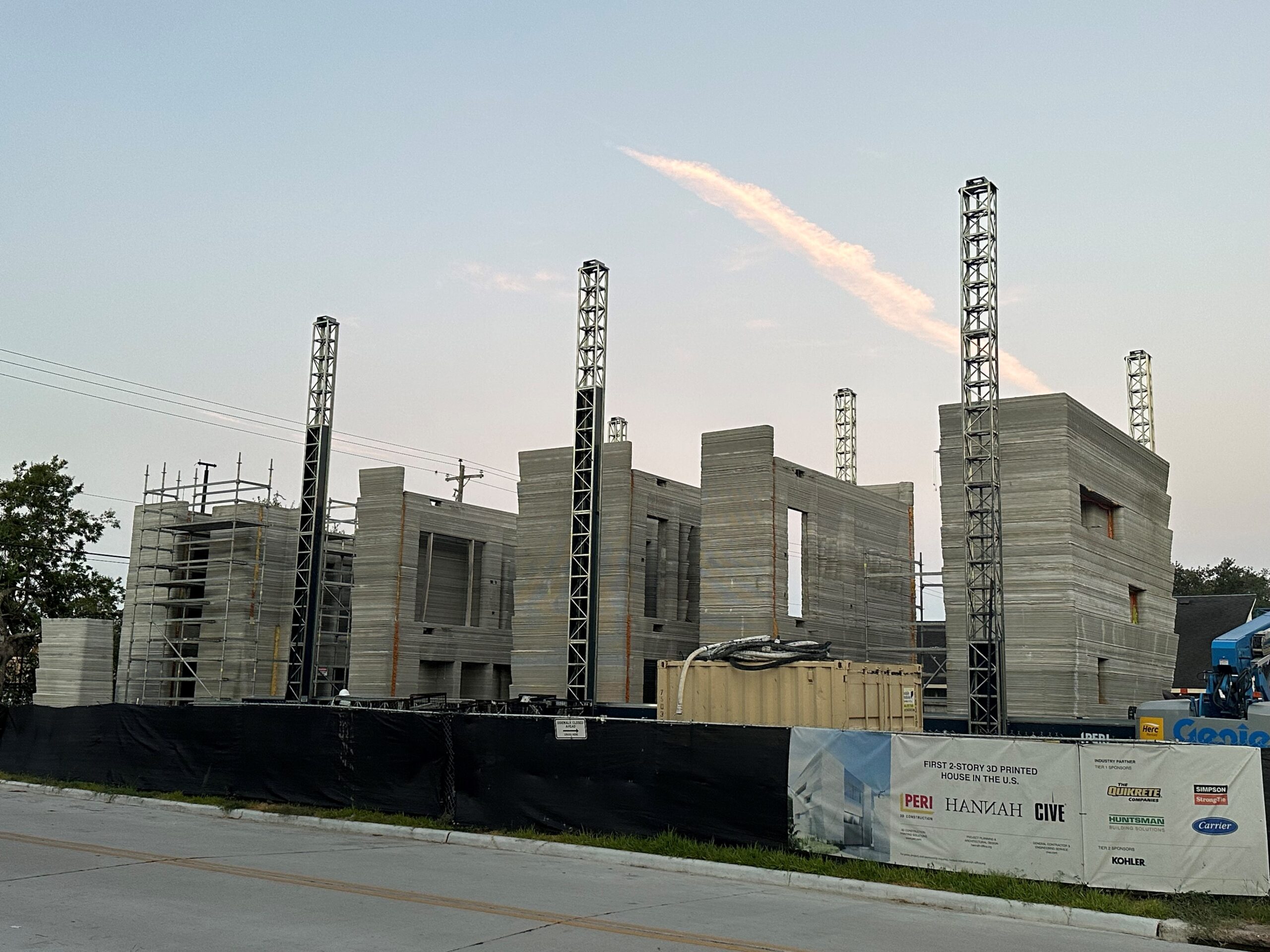 Overall, the construction business for the most part has actually been good, not as resilient as a few of the other industries, yet not dreadful either. While it’s still not clear what the complete effects of the pandemic will be, for most general contractors some projects have been postponed and a few are canceled outright. Construction companies are still relatively busy and are currently evaluating future projects.
Overall, the construction business for the most part has actually been good, not as resilient as a few of the other industries, yet not dreadful either. While it’s still not clear what the complete effects of the pandemic will be, for most general contractors some projects have been postponed and a few are canceled outright. Construction companies are still relatively busy and are currently evaluating future projects.
While COVID-19 has forced companies to adjust their changing work conditions, companies operating in Texas are in a great market with most of us having projects move forward. With the reduced traffic, some general contractors are able to speed up some of their construction timelines, particularly those tied to roadwork and bridges.
The building and construction market in the Dallas-Fort Worth metroplex, and Texas as a whole, was flourishing throughout 2019 and into the first quarter of 2020. Due to population growth in Texas, civil and infrastructure contractors in particular are seeing strong continued demand.
Majority of construction has continued with rigid health and wellness procedures, yet product expenses have increased. For example, the price of lumber has risen 50 percent since April. This dovetails with a short supply of products due to delays in worldwide supply logistics. Another key concern throughout the sector was the absence of competent workers to complete existing projects. Some in the industry think the more challenges are still ahead as need for new commercial real estate projects are reduced and contractors’ backlog of jobs are diminished.
This situation is forcing individuals and companies in all markets to reconsider how they operate. From health care centers to office spaces, there will be adjustments in how structures are planned, how people communicate in those spaces and, most importantly, just how we can develop building atmospheres with safer distances between others to avoid the spread of COVID-19 in the future.
Texas is in a better position than other states, but general contractors should take precautions to remain profitable. The first is to keep an eye on operational expenses and overhead. In addition, building up cash reserves, collecting dated A/R invoices and improving liquidity will help ensure preparedness. They should also consider diversifying revenue streams to include infrastructure projects and big box retailers, like COSTCO or Target which thrived during the pandemic.
Houston Construction Market
In spite of some financial setbacks earlier this year, there is an opportunity for commercial real estate investors to make strategic investments in Houston that can offer lasting effects and provide the area with high-grade structures. Before the pandemic, the value of new contracts was expected to increase 10% in the Houston-Baytown-Sugar Land area. With low interest rates and continued hope around a continued financial support from the federal government, Houston is positioned to capture a good portion of this prospective financing. This would not only help the businesses of Houston, but also provide city governments the ability to buy infrastructure, boost the quality of life and provide increased employment to the residents.
A number of major infrastructure programs will help improve the Houston are in the early stages of planning and design. These include the $7 billion North Houston improvements along I-45 and Houston’s $7.5 billion MetroNext project. The objective of both projects is to reduce traffic blockage and boost safety while providing visitors and residents with several routes to their final destination. These projects will also help the surrounding areas to accommodate population growth.






